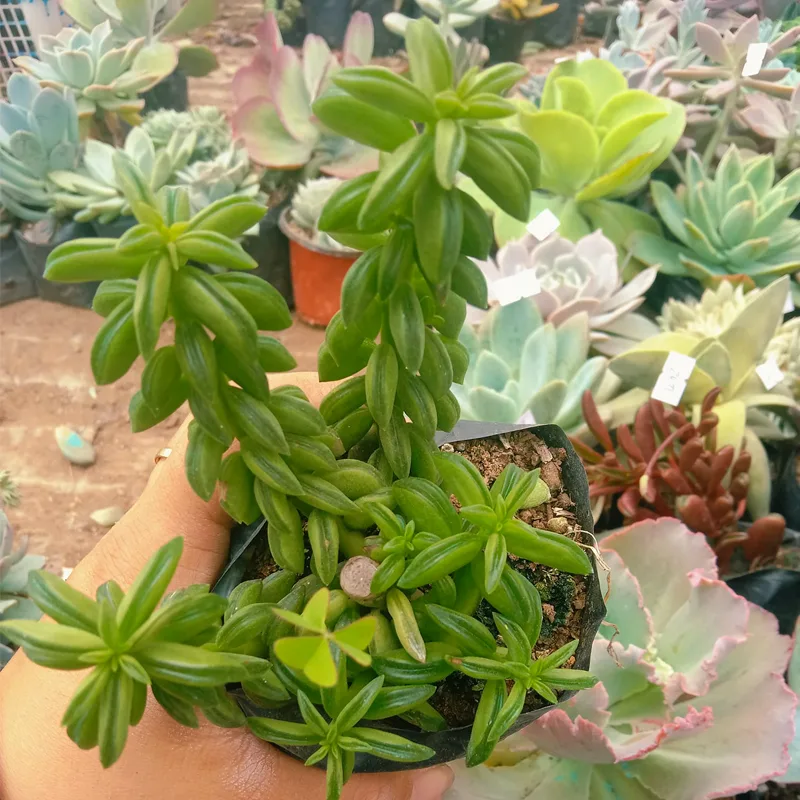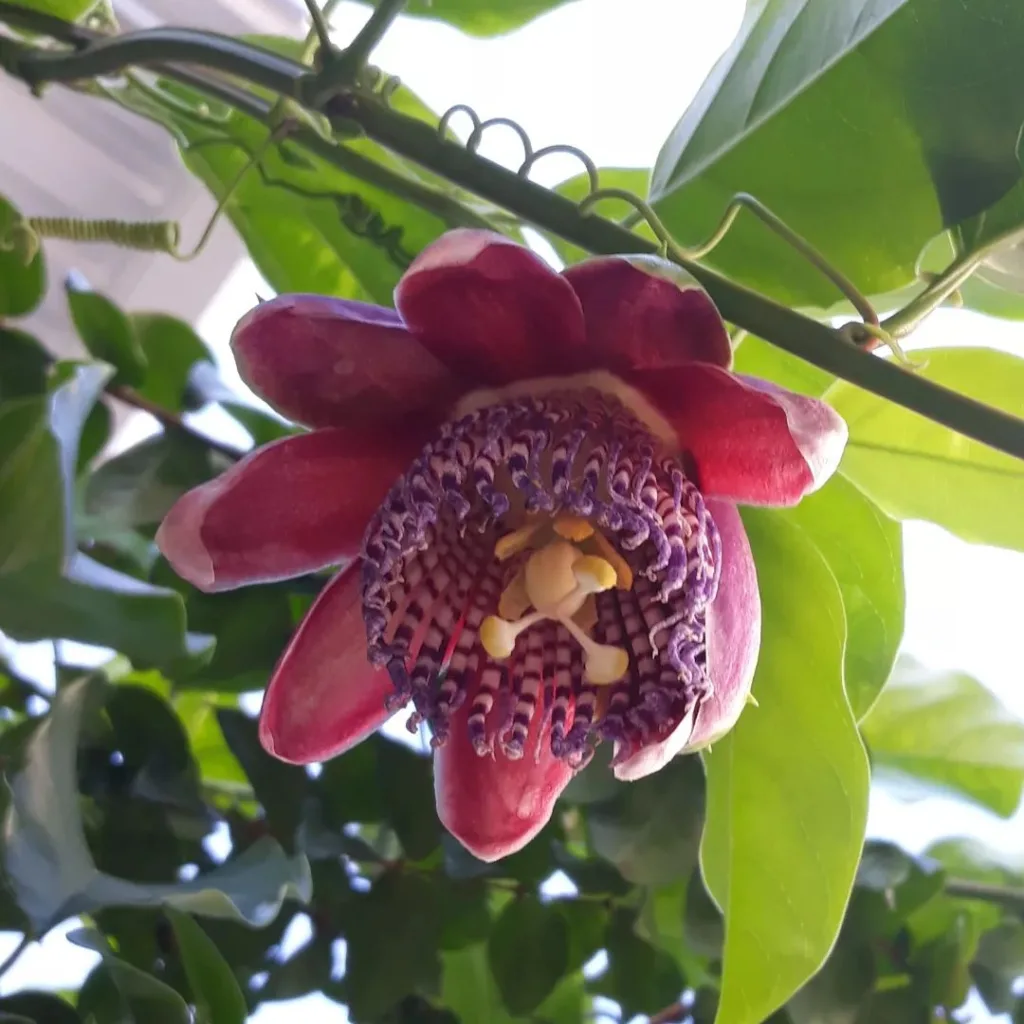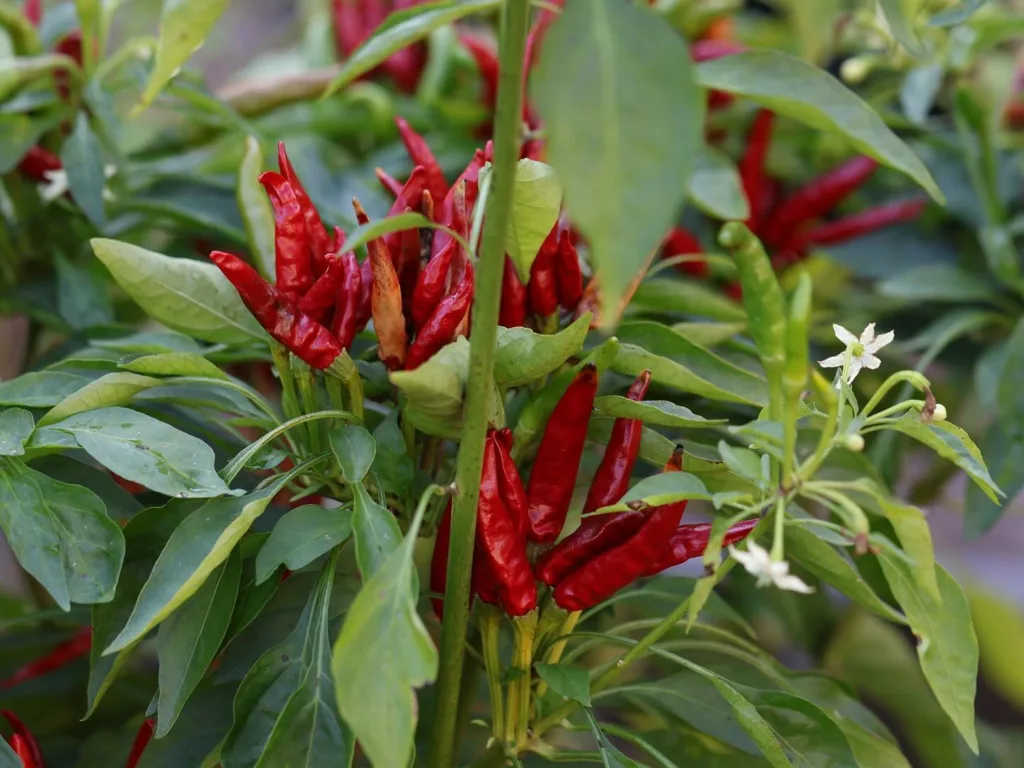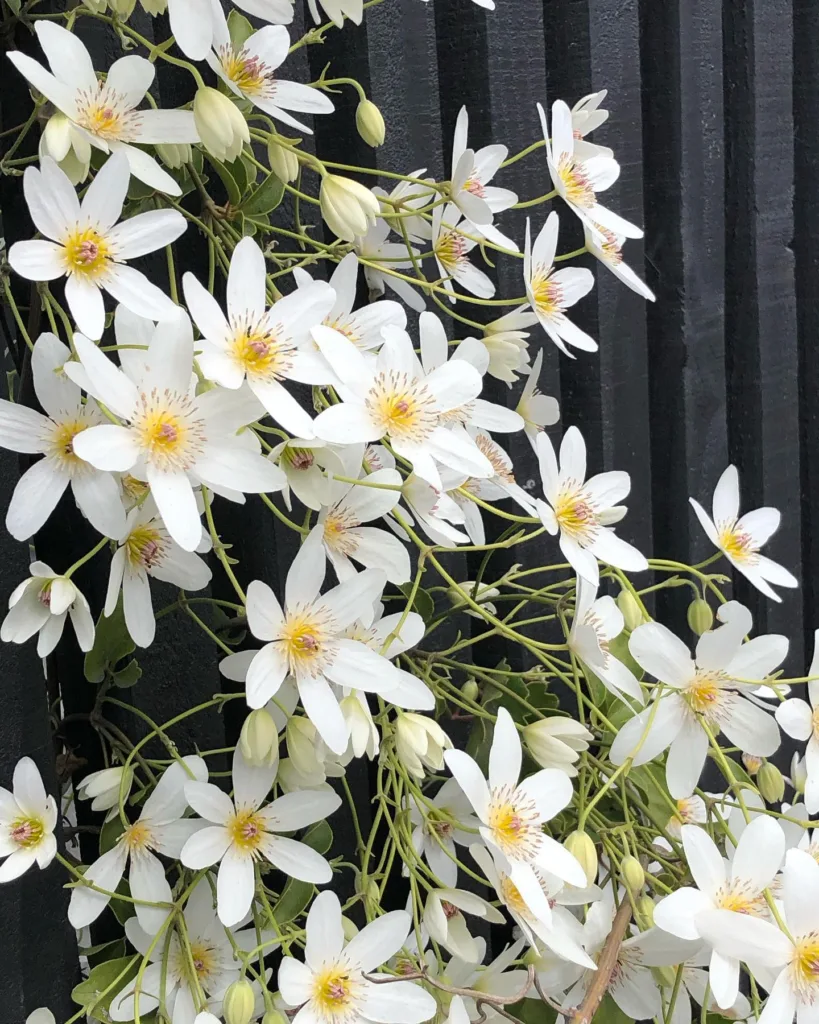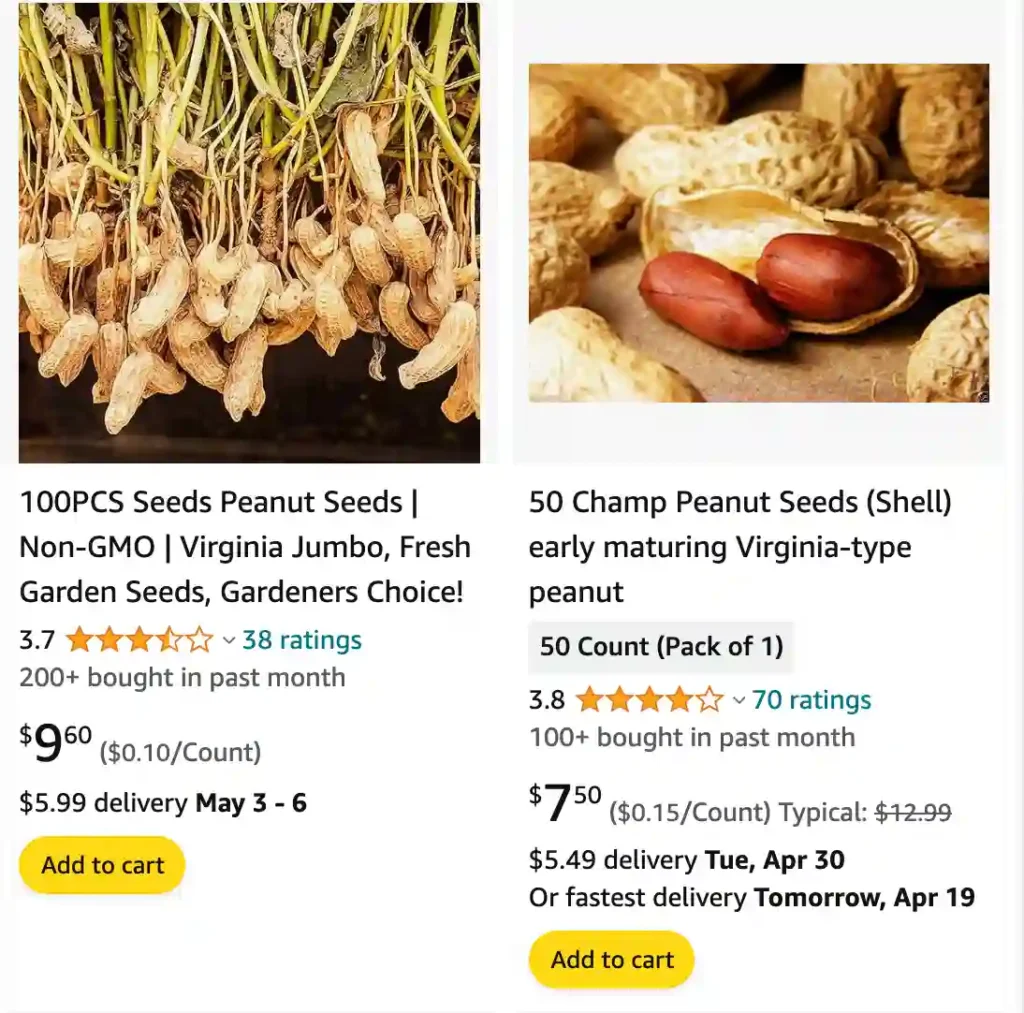
Peanuts – Arachis Hypogaea: A Humble Crop with Mighty Impact
When I think of peanuts—Arachis hypogaea—what comes to mind isn’t just a delicious snack. It’s a crop with a history that weaves through culture, agriculture, and science. Peanuts are fascinating, both as a plant and as a global commodity. Let me share my perspective on this remarkable legume, drawing from its biological quirks to its importance in everyday life.
Plant Family: 796 Genera in Fabaceae
Peanuts: Not Just a Nut
First, let’s get one thing straight—peanuts aren’t nuts. They’re legumes, cousins to beans and lentils. This botanical detail is crucial because it shapes how peanuts grow and interact with the environment. Unlike tree nuts, peanuts develop underground, which is where their name, hypogaea (Greek for “under the earth”), originates.
This subterranean growth is a marvel. After pollination, the peanut plant produces a peg—a specialized structure that pushes the fertilized ovary into the soil. There, it matures into the peanut pod. Watching this process reminds me of nature’s ingenuity. It’s like the plant knows where safety and nutrients lie.
A Nutritional Powerhouse
Nutritionally, peanuts punch above their weight. They’re packed with protein, healthy fats, and essential vitamins like niacin and vitamin E. Peanuts also contain resveratrol, an antioxidant linked to heart health. I often snack on roasted peanuts during long workdays. They keep my energy steady and satisfy hunger without the sugar crash you’d get from processed snacks.
Beyond personal nutrition, peanuts play a critical role in combating global malnutrition. Products like Plumpy’Nut, a peanut-based therapeutic food, save lives in regions plagued by food insecurity. It’s inspiring to think that something so simple can be so life-changing.
Peanuts and Sustainability
Another reason I admire peanuts is their contribution to sustainable agriculture. As nitrogen-fixing plants, peanuts enrich the soil. They form symbiotic relationships with bacteria, converting atmospheric nitrogen into forms plants can use. This natural fertilization reduces the need for synthetic fertilizers, which are costly and harmful to the environment.
I’ve seen farmers use peanuts in crop rotation to restore soil health. Their resilience in diverse climates also makes them an excellent choice for areas with challenging growing conditions. It’s no wonder peanuts are cultivated in over 100 countries, from India and China to the United States.
Cultural and Economic Significance
Peanuts have woven themselves into the fabric of cultures worldwide. In the U.S., they’re synonymous with peanut butter—a staple in many homes, including mine. I grew up enjoying PB&J sandwiches, never fully appreciating how much science and effort went into that creamy spread.
Globally, peanuts fuel economies. In countries like Nigeria and Senegal, they’re a key export crop. They also inspire culinary creativity, appearing in dishes from Thai peanut sauce to West African groundnut stew. It’s a testament to their versatility.
Challenges and Innovations
Of course, peanuts aren’t without challenges. They’re vulnerable to pests and diseases like aflatoxin contamination, which can render crops unsafe for consumption. I’ve read about farmers struggling with yield losses due to these issues, particularly in developing regions.
But there’s hope. Advances in agricultural science, such as breeding pest-resistant varieties and improving storage practices, are addressing these problems. Organizations like the International Crops Research Institute for the Semi-Arid Tropics (ICRISAT) are at the forefront of this work. It’s heartening to see innovation making a difference.
FAQs
Is peanut butter gluten free?
I have always enjoyed peanut butter as a go-to snack, especially because it’s naturally gluten-free and fits well into my diet without causing any issues.
Where do peanuts grow?
Visiting a peanut farm in Georgia gave me a firsthand look at how peanuts thrive underground in sandy soil, which was fascinating to see in person.
Can you eat peanut shells?
I once tried eating peanut shells out of curiosity, but found them too tough and fibrous to be enjoyable.
Do peanuts grow on trees?
I was surprised to learn on a farm tour that peanuts actually grow underground and not on trees, unlike the tree-dwelling almonds and walnuts.
Can chickens eat peanuts?
When I had chickens, I occasionally fed them peanuts, which they seemed to enjoy pecking at and consuming without any issues.
Do peanuts go bad?
I once forgot about a jar of peanuts in my pantry for over a year, and when I finally opened it, they had turned rancid and inedible.
Is peanut butter low fodmap?
During my journey to manage IBS, I discovered that peanut butter is generally considered low FODMAP, and it didn’t trigger any symptoms for me.
Do mice like peanut butter?
From personal experience setting traps in my garage, I found that peanut butter was an effective bait that consistently attracted mice.
What does a peanut plant look like?
Seeing a peanut plant for the first time, I was intrigued by its small yellow flowers and the way the peanuts develop in the soil from pegs that grow downward.
Is peanut butter acidic?
Eating peanut butter has never caused me any acid reflux, and from my experience, it doesn’t seem to be particularly acidic.
What difference between peanut butter and jam?
I love the creamy, savory taste of peanut butter paired with the sweet, fruity burst of jam; the combination creates a perfect balance on my taste buds.
Do deer eat peanuts?
While walking through a friend’s backyard, I noticed deer nibbling on scattered peanuts, proving they do enjoy them as part of their diet.
Can birds eat peanut butter?
I often spread a bit of peanut butter on a pinecone and hang it outside, watching birds flock to it with delight.
Can hamsters eat peanut butter?
My hamster used to go crazy for a tiny dab of peanut butter, which I offered occasionally as a special treat.
Can rabbits eat peanuts?
I once fed my rabbit a peanut out of curiosity, but he seemed indifferent to it, preferring his usual hay and vegetables.
Do kit kats have peanuts?
As a peanut allergy sufferer, I always check labels and found that standard Kit Kats don’t contain peanuts, making them a safe treat for me.
Do squirrels like peanut butter?
I enjoy watching the squirrels in my yard as they excitedly lick off the peanut butter I smear on tree branches for them.
Does ferrero rocher have peanuts?
Being cautious with my peanut allergy, I always double-check, and Ferrero Rocher chocolates are thankfully peanut-free, allowing me to indulge safely.
How do you harvest peanuts?
Helping out on a farm, I learned to harvest peanuts by pulling the whole plant out of the ground and shaking off the soil to reveal the clusters of peanuts clinging to the roots.
Can goats have peanut butter?
On a visit to a petting zoo, I fed a goat a bit of peanut butter, and it eagerly licked it up, clearly enjoying the treat.
Peanut vs Groundnut
When I tried peanuts and groundnuts side by side, I found that while they’re often considered the same, groundnuts had a slightly earthier, richer flavor compared to the milder, more familiar taste of peanuts.
Peanut vs Almond
Comparing peanuts to almonds, I noticed that almonds had a firmer texture and a more subtle, nutty sweetness, whereas peanuts were crunchier with a distinctive roasted flavor that I really enjoy for snacking.
Peanut vs Hazelnut
When tasting peanuts versus hazelnuts, hazelnuts won me over with their creamy, buttery richness and slightly sweet undertone, while peanuts had a more straightforward, nutty taste that’s great in savory dishes.
Peanut vs Pistachio
In my experience, pistachios offer a unique, buttery flavor with a hint of sweetness that I find more indulgent compared to the more robust and savory taste of peanuts.
Peanut vs Walnut
Walnuts and peanuts have very different profiles: walnuts are rich and slightly bitter with a chewy texture, which contrasts sharply with peanuts’ more straightforward, roasted crunch that I find comforting in snacks.
A Personal Reflection
For me, peanuts symbolize resilience and resourcefulness. They’re a crop that adapts to its environment, nourishes people, and contributes to sustainable farming. Whether I’m enjoying a handful of salted peanuts or marveling at the plant’s biology, I feel connected to a larger story.
Peanuts remind us that the simplest things often have the most profound impact. They’re not just food; they’re a testament to how agriculture, science, and culture intersect. So, the next time you crack open a peanut shell, think about the journey it took to reach you. It’s more remarkable than it seems.
If i die, water my plants!
